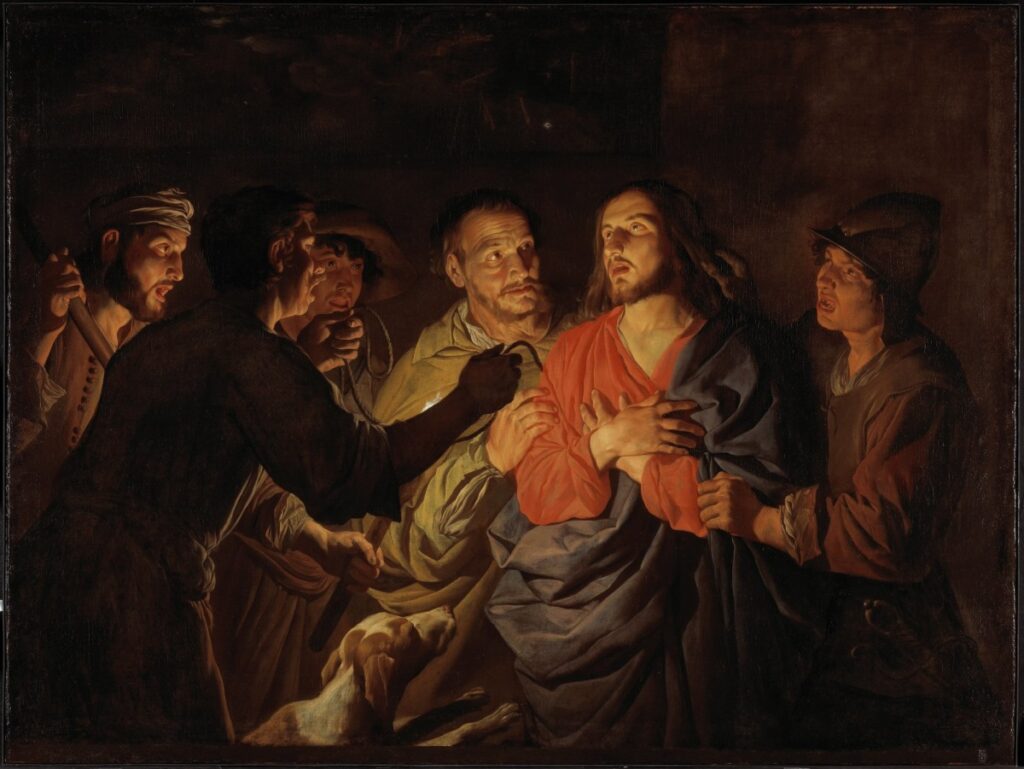
Unveiling the Secrets of Naples Yellow in 17th-Century Sicilian Paintings
In an unprecedented exploration of color’s legacy within the annals of art history, a groundbreaking study delves into the vibrant heart of 17th-century Sicilian painting, revealing the early use of the enigmatic Naples yellow pigment in Matthias Stomer’s “The Mocking of Christ.” Spearheaded by a distinguished team from the Consiglio Nazionale delle Ricerche, this research utilizes cutting-edge macro X-ray fluorescence scanning to non-invasively penetrate beneath the surface of Stomer’s masterpiece, challenging longstanding beliefs about the pigment’s history. By bridging the gap between science and art, this study not only redefines our understanding of pigments used in early modern art but also uncovers the intricate interplay of materials and cultural exchange that shaped the artistic landscape of Southern Italy.

The study “Naples Yellow Revisited: Insights into Trades and Use in 17th-Century Sicily from the Macro X-ray Fluorescence Scanning of Matthias Stomer’s ‘The Mocking of Christ’” presents a detailed analysis of the material composition and use of pigments in Matthias Stomer’s painting “The Mocking of Christ,” with a specific focus on the pigment Naples yellow. Conducted by a collaborative team of researchers from the Consiglio Nazionale delle Ricerche and other institutions in Italy, the study employs macro X-ray fluorescence (MA-XRF) scanning to investigate the painting’s composition non-destructively. This research contributes to understanding the trade and utilization of pigments in 17th-century Sicily, expanding knowledge on the historical use of Naples yellow, a pigment known for its vibrant yellow hue.
The research was sparked by a non-destructive analytical campaign at the Museo Civico, Castello Ursino, in Catania, Italy, focusing particularly on Matthias Stomer’s artworks. The MA-XRF scanning of “The Mocking of Christ” revealed the presence of Naples yellow, identified by the co-presence of lead (Pb) and antimony (Sb) in the yellow areas of the painting. This discovery challenges the prevailing notion that lead antimonate yellow (Naples yellow) became widespread in painting only in the 18th century, suggesting its earlier use in South Italy.
The study delves into the historical context and manufacturing processes of various types of yellow pigments known at the time, including the methods described by early manuscripts for creating Naples yellow through the combination of lead, antimony, and other substances. It discusses the chemical composition of different lead-based yellows and their historical applications in art and pottery, highlighting the technological and material exchange between artisans and artists.
Significantly, the analysis of Stomer’s painting offers insights into his artistic techniques and the materials available to him during his Sicilian period. It is suggested that Stomer’s choice of Naples yellow may have been influenced by local availability and his exposure to different artistic circles during his time in Italy. The study posits that a systematic examination of Stomer’s works could further elucidate his material choices and the broader history of Naples yellow in Southern Italy before its popularization in the 18th century.
The paper also discusses the broader implications of the findings for the study of 17th-century Sicilian art, suggesting that the use of Naples yellow and other pigments reflects regional specificities in material use and experimentation among artists. This is contextualized within the thriving pottery and glass-making industries in Italy, which likely facilitated the cross-pollination of materials and techniques between different crafts.
The researchers’ meticulous work underscores the importance of non-invasive techniques like MA-XRF scanning in uncovering the material complexities of historical artworks. By identifying the pigments used by Stomer and considering their historical and regional contexts, the study enriches the understanding of 17th-century painting practices and the intricate relationships between art, material science, and cultural exchange.
The study “Naples Yellow Revisited” not only sheds light on the technical and material dimensions of Matthias Stomer’s “The Mocking of Christ” but also contributes to a deeper understanding of the historical dynamics of pigment use in 17th-century Sicily. The findings highlight the innovative use of materials by artists like Stomer and offer a window into the interplay between artistic traditions and material technologies of the period. This research exemplifies how interdisciplinary approaches can illuminate the complex histories of art production and material culture, offering new perspectives on the evolution of artistic techniques and materials over time.
Botticelli, Michela, Costanza Miliani, Eva Luna Ravan, Claudia Caliri, and Francesco Paolo Romano. 2024. “Naples Yellow Revisited: Insights into Trades and Use in 17th-Century Sicily from the Macro X-ray Fluorescence Scanning of Matthias Stomer’s ‘The Mocking of Christ’” Heritage 7, no. 3: 1188-1201. https://doi.org/10.3390/heritage7030057
Source: https://www.mdpi.com/2690208

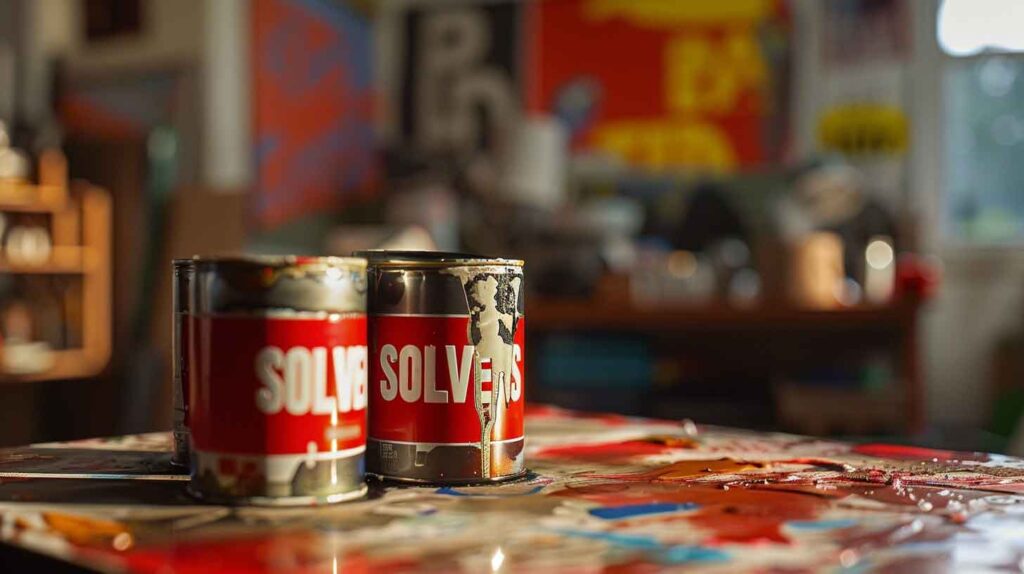

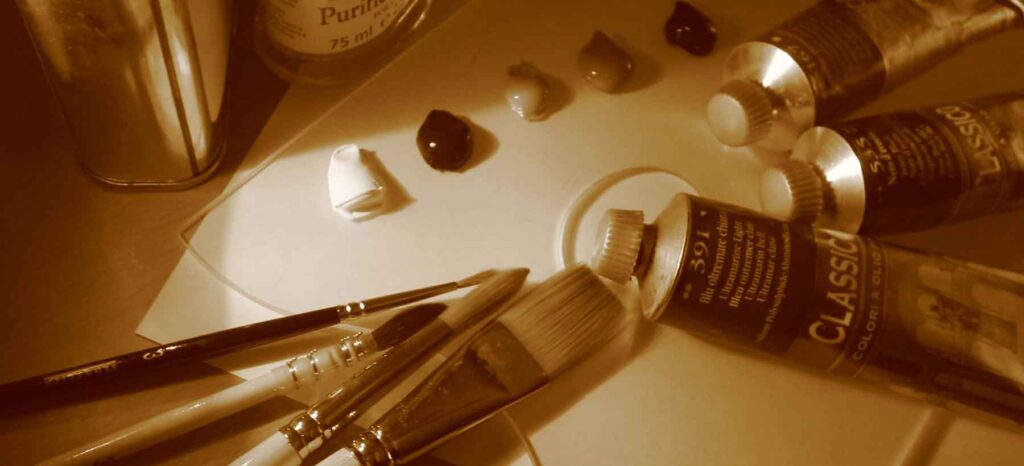
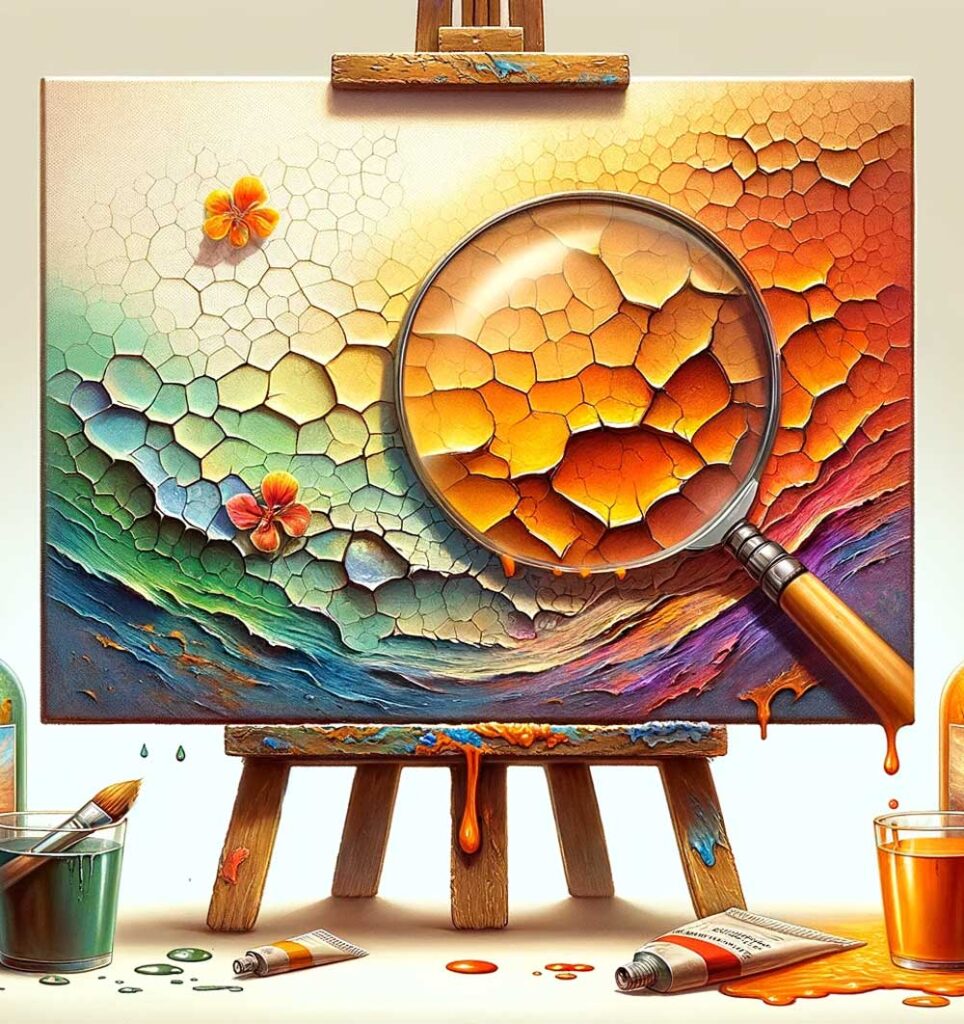
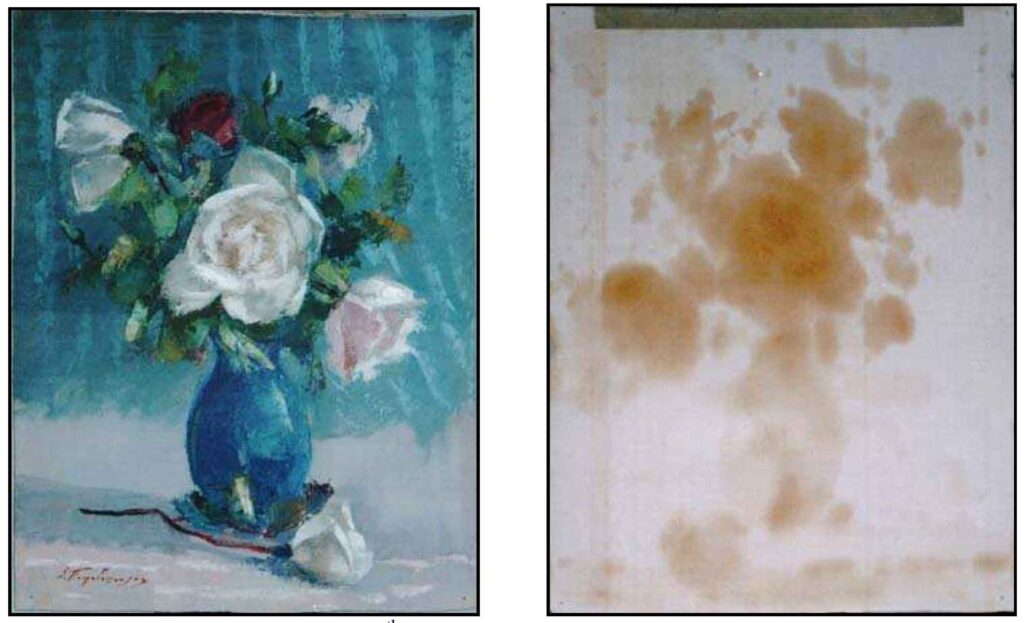

Responses